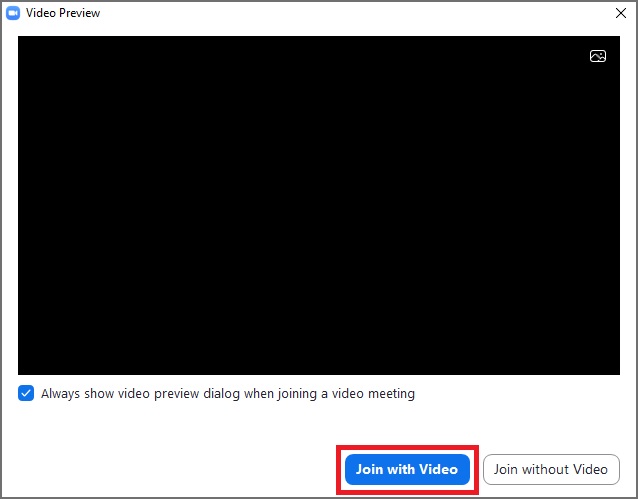

It is a good choice if you plan to host or attend a meeting or webinar through Google Chrome. This option lets you test your audio and video even if you don't have the Zoom desktop client installed. This will launch a meeting where you are the only participant (you then can decide if you want to invite others). You also can launch a test Zoom meeting anytime at /test.

Make sure you have the correct software installed.You can do that by checking manually or via a test meeting. (7) End-to-end encryption (E2EE) is not supported on any browser.It is a good idea to test your video in Zoom before a meeting or webinar. (6) For details about 720p Video on Web, see Web SDK 720p video. (5) Virtual background supported on Meeting SDK for Web v2.4.0 and above, only on desktop Chromium browsers v91+ with SharedArrayBuffer enabled. (4) Users can share sound from a Chrome tab or their microphone, but not both. See Web SDK Gallery View for implementation instructions. (3) Safari Audio is supported if your site uses credentialless headers or is not cross origin isolated. (2) Users cannot initiate cloud recording from a mobile browser. See Web SDK Gallery View for implementation instructions for either option. However, credentialless is a better option as your users will then be able to join computer audio on Safari (see note 3 below). (1) Gallery View is supported on Chrome and Edge (Chromium) with SharedArrayBuffer enabled. The Web Meeting SDK supports the same browsers and browser requirements as the Zoom Web Client.

Note that the Meeting SDK for Web on mobile browsers does not have complete feature parity with the Meeting SDK for Web on desktop browsers. Mobile web browsers now supported Meeting SDK for Web v2.4.0 and higher supports the major Android and iOS browsers.


 0 kommentar(er)
0 kommentar(er)
